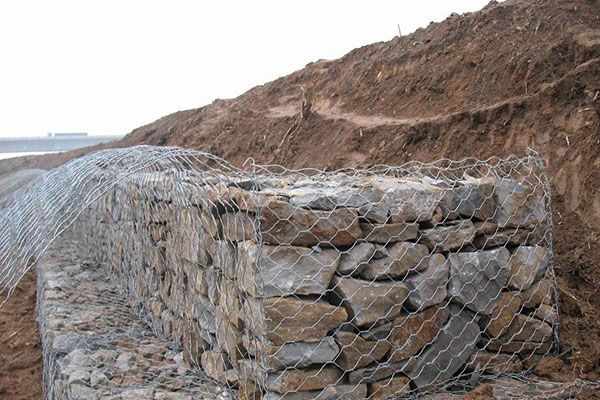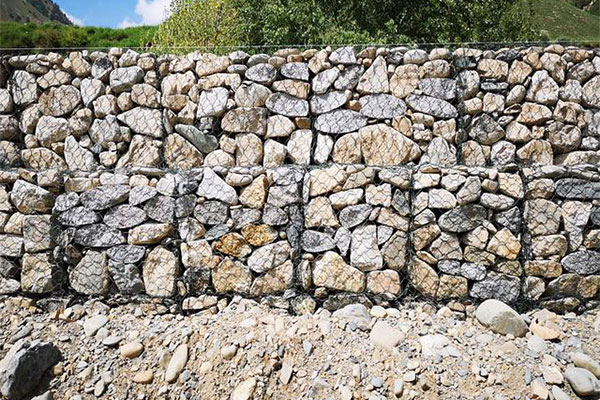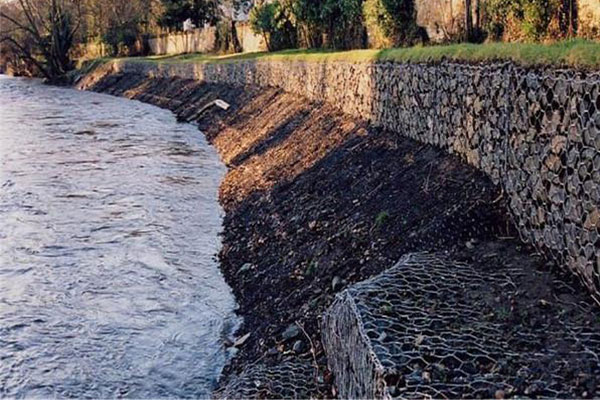The Role of Gabion in River Governance
Rivers are the lifelines of our ecosystems, providing water resources, transportation, and habitats for various species. However, the management and governance of rivers are complex tasks, especially when it comes to maintaining their health and preventing erosion. Gabion, a simple yet effective solution, plays a crucial role in river governance by enhancing sustainability and erosion control.

What is a Gabion?
Gabion is wire mesh containers or boxes filled with stones, rocks, or other suitable materials. These structures are versatile and can be used in various applications, including retaining walls, embankments, and riverbanks. Gabion technology has been in use for centuries, initially for military fortifications, but now it serves as a valuable tool in civil engineering, particularly in river governance.
Erosion Control
One of the primary functions of gabion structures in river governance is erosion control. Rivers are dynamic systems, and their banks are susceptible to erosion due to the force of water and environmental factors. Gabions act as a barrier, dissipating the energy of flowing water and reducing the impact on riverbanks. This prevents the loss of valuable land, infrastructure, and sedimentation in downstream areas. Moreover, gabion structures allow for the natural filtration of water through the rocks, improving water quality and preserving aquatic ecosystems.
Sustainable Riverbank Stabilization
Gabions are an environmentally friendly solution for riverbank stabilization. They offer a sustainable alternative to traditional concrete structures, as they do not require energy-intensive production processes. Moreover, gabion structures encourage the growth of vegetation, making them more aesthetically pleasing and ecologically sound. The stones inside gabion boxes create microhabitats for plants, which can help restore native vegetation along riverbanks, thus enhancing biodiversity and overall ecosystem health.



Flood Management
In many regions, flooding is a recurring problem during the rainy seasons. Gabion structures can help manage floods by acting as flood barriers and retaining walls. The porous nature of gabion boxes allows water to pass through while trapping sediment and debris, which can reduce downstream flooding. When properly designed and maintained, gabion structures can significantly mitigate the impact of floods, protecting both human settlements and natural habitats.
Community Engagement
Gabion technology also offers a unique opportunity for community engagement in river governance. Local communities can participate in the construction and maintenance of gabion structures, providing a sense of ownership and responsibility for the river’s well-being. This involvement can lead to a more sustainable and resilient approach to river management, with stakeholders actively contributing to the preservation and improvement of their local rivers.
Conclusion
The role of gabion in river governance is multifaceted, from erosion control to sustainable riverbank stabilization and flood management. These versatile structures not only protect our rivers but also provide ecological benefits by supporting biodiversity and improving water quality. Moreover, they offer a chance for communities to engage in the stewardship of their waterways. With increasing pressure on the world’s rivers due to climate change and human activities, gabion structures have become essential tools in ensuring the longevity and health of these vital ecosystems. As we look to the future, embracing gabion technology is a step in the right direction for responsible river governance.

